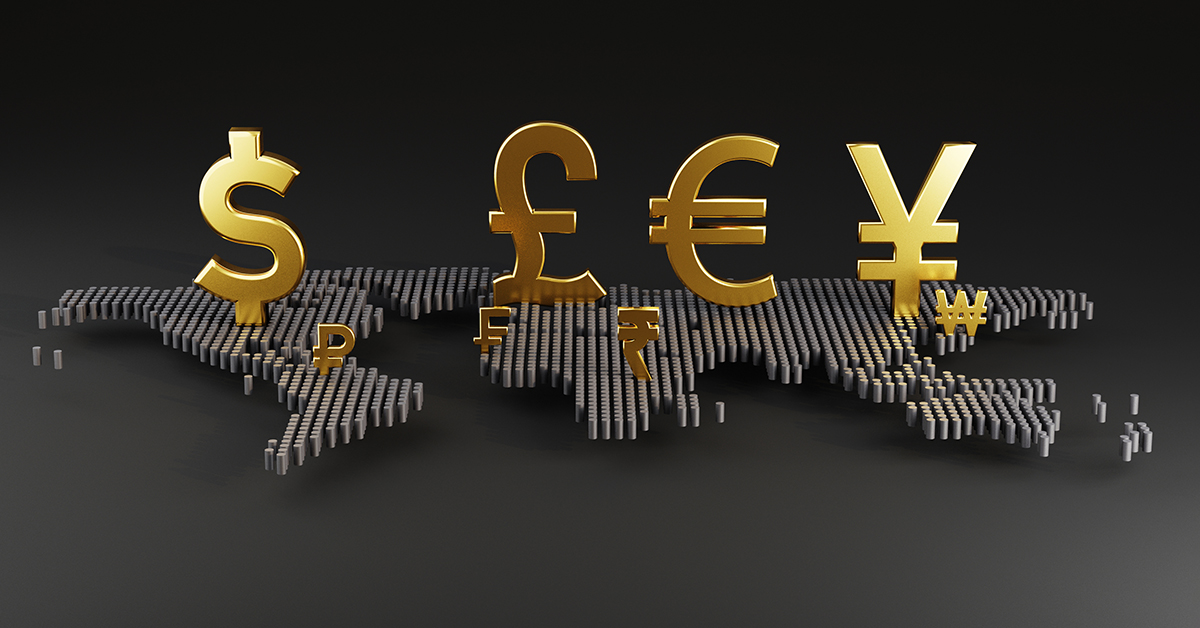Forex Trading Basics Your Comprehensive Guide to Getting Started
Posté le 30 octobre 2025 dans traiding4 par Isidore Monzongoyi.

Forex Trading Basics: Your Comprehensive Guide to Getting Started
Forex trading, or foreign exchange trading, is the process of buying and selling currencies on the global market. It operates 24 hours a day, five days a week, making it one of the most accessible and liquid markets in the world. For beginners, understanding the basics of forex trading is crucial for developing effective strategies and managing risks. In this article, we’ll cover everything you need to know to get started, including important concepts, terms, and techniques. For further insights and resources, visit forex trading basics https://forex-level.com/.
What is Forex Trading?
The forex market is the largest financial market in the world, with a daily trading volume exceeding $6 trillion. It allows traders to buy one currency while simultaneously selling another, often taking advantage of fluctuations in exchange rates. Currencies are traded in pairs, such as EUR/USD or GBP/JPY, with the first currency in the pair being the base currency and the second being the quote currency. The exchange rate indicates how much of the quote currency is needed to purchase one unit of the base currency.
Key Terminology
Currency Pairs
As mentioned, currencies are traded in pairs. Major pairs involve the most frequently traded currencies, such as the US Dollar (USD), Euro (EUR), and Japanese Yen (JPY). Minor pairs include less frequently traded currencies, while exotic pairs feature a major currency paired with a currency from a developing economy.
Pips and Lots
A pip (percentage in point) is the smallest price move that a given exchange rate can make based on market convention. In most currency pairs, one pip is equal to 0.0001. Traders often buy or sell currency in lots. A standard lot is 100,000 units of the base currency, while mini lots are 10,000 units, and micro lots are 1,000 units.
Leverage and Margin
One of the attractive aspects of forex trading is the use of leverage, which allows traders to control larger positions with a smaller amount of capital. Leverage can amplify both profits and losses, so it’s important to understand the risks involved. Margin refers to the amount of capital required to open a leveraged position and is typically expressed as a percentage of the total position size.
How to Start Trading Forex
1. Choose a Reliable Forex Broker
Selecting a reputable forex broker is one of the most critical steps for novice traders. Look for brokers with a solid regulatory framework, competitive spreads, and a user-friendly trading platform. Consider their support services, as well as the educational resources they offer to help you grow as a trader.
2. Develop a Trading Plan
Your trading plan should outline your trading goals, strategies, and risk management rules. Define your risk tolerance and decide how much capital you are willing to invest. Establish specific criteria for entering and exiting trades, as well as guidelines for monitoring and adjusting your trades as necessary.
3. Start with a Demo Account

Most brokers offer a demo account that allows you to practice trading with virtual money. Utilize this opportunity to familiarize yourself with the trading platform and test your strategies without financial risk. Take your time to learn and understand how the market operates before transitioning to a live account.
Understanding Market Analysis
Fundamental Analysis
Fundamental analysis involves evaluating the economic indicators and geopolitical factors that can affect currency values. Key indicators include interest rates, inflation, employment figures, and gross domestic product (GDP). Understanding the broader economic landscape can help you make informed trading decisions.
Technical Analysis
Technical analysis focuses on analyzing price patterns and trends through charts and indicators. Traders utilize various tools, such as moving averages, trend lines, and oscillators, to forecast future price movements based on historical data. Learning to read charts is essential for spotting potential trading opportunities.
Risk Management Strategies
1. Set Stop-Loss Orders
To protect your trading capital, always use stop-loss orders to limit potential losses on each trade. A stop-loss order automatically closes your position when the price reaches a specified level, helping you avoid emotional decision-making in a volatile market.
2. Diversify Your Trades
Just as with traditional investing, diversifying your trades can help mitigate risk. Avoid putting all your capital into a single trade or currency pair; instead, spread your investments across different currencies and strategies to reduce exposure to any one market move.
3. Manage Your Leverage
While leverage can enhance profits, it also increases potential losses. Be mindful of how much leverage you are using and ensure that it aligns with your risk tolerance. It’s often recommended for beginners to avoid high levels of leverage until they become more experienced.
Continuous Learning and Improvement
Forex trading is a continuous learning process. Market conditions can change rapidly, and successful traders must adapt their strategies accordingly. Take time to educate yourself through books, webinars, and online courses. Join trading communities to exchange ideas and learn from experienced traders.
Conclusion
Forex trading offers a wealth of opportunities for those willing to learn and invest the time to develop their skills. By understanding the basics, practicing sound risk management, and continuously improving your trading knowledge, you can set yourself up for success in this exciting and dynamic market. Start small, remain disciplined, and remember that patience is key to becoming a successful forex trader.
